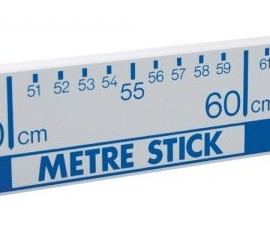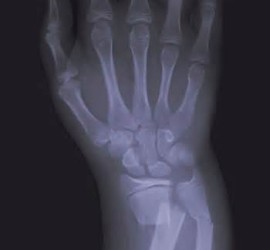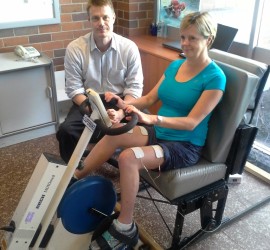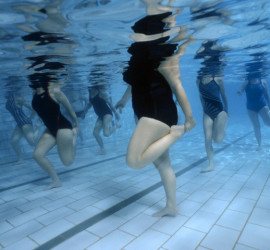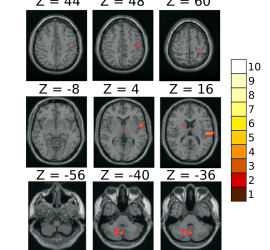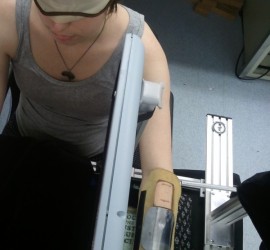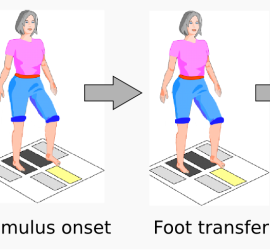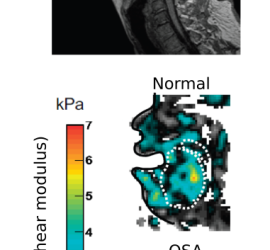Selecting the right (measurement) tool for the job
“New study reveals the average height of Australian adults is 100 cm… …when measured with a metre stick.” While the flaw in this fictitious study is easy to address, selecting an appropriate measurement tool to capture something as complex as motor impairment is not so easy. Many health conditions […]

